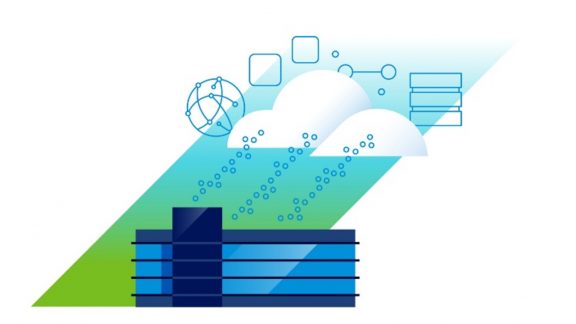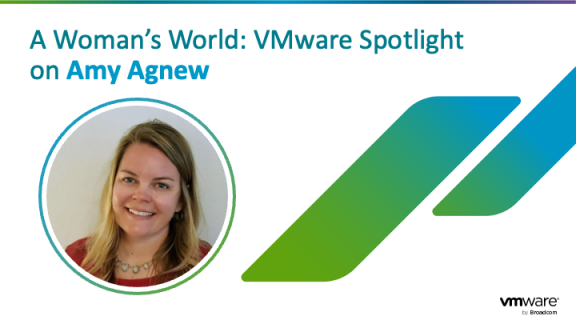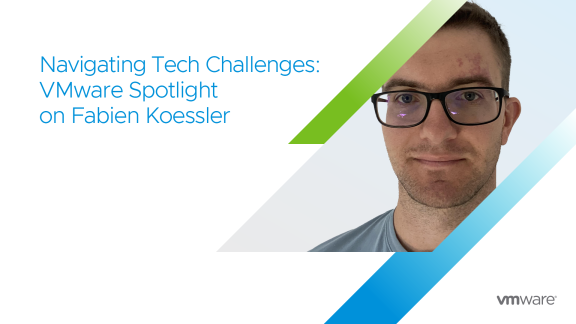There are many reasons why your organization might be moving to the cloud, including the ability to differentiate your business and gain a competitive advantage. It’s likely you’ll have a mix of private cloud, public cloud and legacy platforms. To be successful, you need to create and execute a comprehensive cloud strategy. How do you decide what to run where? How will you integrate and manage the environments? What do you need to do to succeed? Consider the following steps to help you on your cloud journey.
Develop a Strategy and Roadmap
The starting point for any strategic IT initiative is to identify your required business and IT outcomes. What is your vision? What are your goals? Assess your current state capabilities, competencies and culture. Understand where you’re at now versus where you need to be regarding cloud infrastructure, networking, security, applications and operating model. Identify the activities and timelines needed to achieve your target state, and translate them into a visual roadmap. This will allow you to communicate your strategy quickly and easily to stakeholders and business leaders.
Design, Deploy, Integrate, and Configure the Environment

Once your strategy and roadmap are defined, you need to execute that roadmap to implement the required capabilities. For your new cloud platform, you need to design and deploy a complete software-defined environment for compute, storage and network resources. Integrate and configure automation and orchestration tools to provide holistic automation and API-driven capabilities including automated hardware deployment, capacity and performance scaling, remediation, and cloud configuration.
Design and implement network connectivity. This process includes designing and implementing software-defined networks and WANs and migrating legacy network services. Design and deploy virtual load balancers that will automatically distribute your network traffic load among multiple servers and multiple clouds. Also, design and deploy a mobility platform that will allow you to move workloads on demand between your environments.
Relative to security, design and deploy next-generation antivirus, endpoint detection and response solutions, and data center security. Establish governance strategies to keep IT aligned with business objectives and compliance strategies that follow regulatory requirements. Security is key, so make sure you protect your network, apps and data with flexible security policies, distributed firewall rules, security groups and security profiles. Design and implement application security via micro-segmentation for highly sensitive workloads.
Automate IT Service Delivery
End users require fast, seamless access to the services they need. This means speeding IT service delivery though automation. It also means having the right portfolio of services offered in the way that users need to access them.
Define IaaS, PaaS, CaaS, and XaaS services that are specific to your technical and business needs. This includes compute, storage, networking, disaster recovery, database, container and orchestration services. Create service templates (blueprints) and integrate them into a self-service portal. Consider providing access to services through APIs, enabling automated management and provisioning of services such as infrastructure as code and DevOps capabilities.
From this point, develop service request forms and build approval routing and policy-based workflows based on your definitions. Streamline service delivery tasks for efficient automation. Then integrate, orchestrate and automate fulfillment activities.
Migrate Workloads

Once your new environment is in place, you need to move your applications to their new location. Create a migration strategy based on business goals, priorities and constraints. Assemble a migration team composed of champions in network and security, operations, infrastructure and applications to drive the migration.
Conduct a dynamic discovery and analysis of the environments including physical workloads, virtual workloads, applications, storage, networking and core infrastructure services. Evaluate the capacity, performance, network connectivity/throughput and packet flow between applications in the current environment. Assess any business continuity/disaster recovery, compliance and security requirements needed for the applications that are to be moved. Map application dependencies to avoid potential conflicts such as sequence, bandwidth or data security concerns.
Create a detailed migration plan by mapping the source infrastructure to the target infrastructure. Prepare and configure in advance external and core services at the target, such as load balancers, active directory, file servers, public IP addresses and DNS names. Create a testing schedule and contingency plans including a rollback strategy. Finally, bundle, schedule and execute the migration in waves.
Implement Operations and Management Capabilities
Effectively managing your cloud environment may require updating existing operational processes, roles and skills. To have a clear view of how your workloads are performing, define and implement metrics and monitoring capabilities. Implement dashboards to provide visibility into key metrics.
Consider processes such as event management to detect and investigate exception conditions before they lead to service outages, and capacity and performance management to help measure and analyze resource usage. Collaborate with your operations team to create policies, standard operating procedures and work instructions for any new or modified processes.
You may need new roles like Organization Owner, Cloud Administrator, Network Administrator and Network Cloud Auditor. Determine the responsibilities and skills required for each role. Map your current staff to the new roles, identify skills gaps and create individual training plans to ensure that everyone has the appropriate knowledge and insights to fulfill their new responsibilities.
Drive Consumption

The key to success is enabling end users to adopt and consume your new cloud services. Define and implement internal marketing and communication plans that:
- Deliver clear, specific messages to create awareness of the new cloud services and their capabilities
- Communicate the business value of the services
- Enable end users to find and access services
Internal marketing not only helps drive consumption, but it can also create positive attitudes and strengthen confidence in the IT organization.
Summary
Just like financial investing, moving to the cloud is simple, but not easy. From creating your cloud strategy all the way through executing it, there are many moving parts. You need to have a clear understanding of what’s involved to make your journey smooth and effective. To learn how you can create and execute your cloud strategy with ease and speed visit VMware Professional Services for Multi-Cloud.






